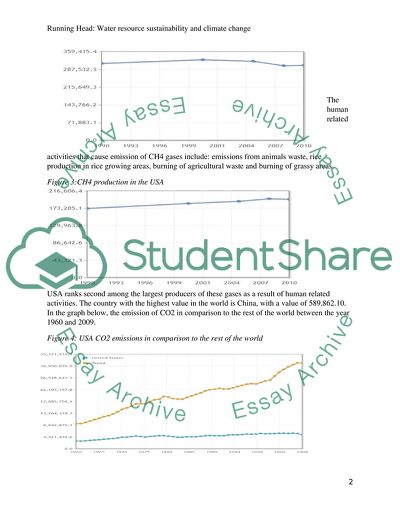Cite this document
(Water Resource Sustainability and Climate Change Assignment Example | Topics and Well Written Essays - 1750 words, n.d.)
Water Resource Sustainability and Climate Change Assignment Example | Topics and Well Written Essays - 1750 words. https://studentshare.org/environmental-studies/1826478-water-resource-sustainability-and-climate-change
Water Resource Sustainability and Climate Change Assignment Example | Topics and Well Written Essays - 1750 words. https://studentshare.org/environmental-studies/1826478-water-resource-sustainability-and-climate-change
(Water Resource Sustainability and Climate Change Assignment Example | Topics and Well Written Essays - 1750 Words)
Water Resource Sustainability and Climate Change Assignment Example | Topics and Well Written Essays - 1750 Words. https://studentshare.org/environmental-studies/1826478-water-resource-sustainability-and-climate-change.
Water Resource Sustainability and Climate Change Assignment Example | Topics and Well Written Essays - 1750 Words. https://studentshare.org/environmental-studies/1826478-water-resource-sustainability-and-climate-change.
“Water Resource Sustainability and Climate Change Assignment Example | Topics and Well Written Essays - 1750 Words”. https://studentshare.org/environmental-studies/1826478-water-resource-sustainability-and-climate-change.


